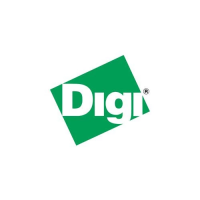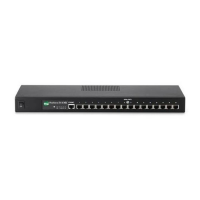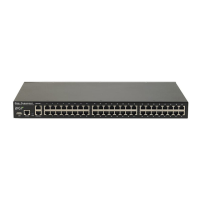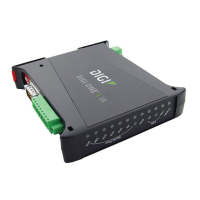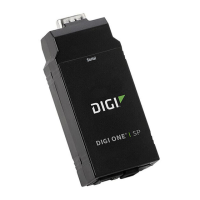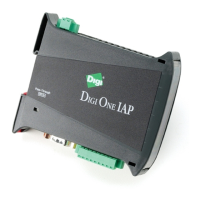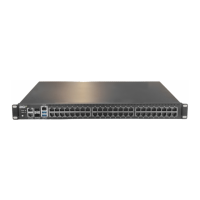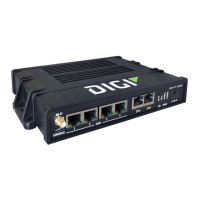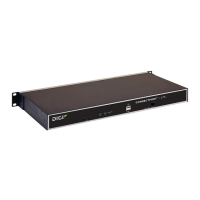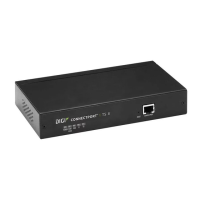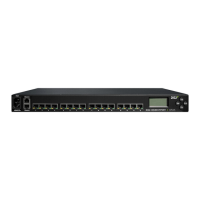90030500B Configuring Frame Relay Page 169
Depending on capacity, the network may be able to accept data “bursts” at faster
rates than the CIR. Such information is generally sent with a Discard Eligibility
(DE) bit set, indicating that it may be discarded first if the network buffers are
filled. The maximum burst rate is specified as a
Be
rate.
2. If the network becomes congested, it may issue a Forward Explicit Congestion
Notification (FECN), which tells a receiver to request the sender to temporarily
reduce the transmission rate. An FECN is issued as a bit in a header, and conse-
quently does not specify how much to reduce transmission.
3. If the network becomes congested, it may also issue a Backward Explicit
Congestion Notification (BECN). This is similar to an FECN, but tells the sender
to reduce their rate below the CIR.
In general, high-level error correcting protocols, such as TCP/IP, are most suitable for
running over a Frame Relay link, because they can detect and receive any data losses.
Specifying Frame Relay
When you implement Frame Relay service, you will need the following information:
• The
Link Management Interface
(LMI). Each PVC that you implement is
assigned an LMI specification. The LMI determines how often PortServer II will
poll the network to obtain updates. The network service provider may specify one
of several LMIs, including ANSI T1.617 Annex D, ITU (CCITT) Q.933 Annex
A, or Cisco/Stratacom Rev. 1.
• The
Line Speed
, which is the maximum bandwidth available from the hardware
connection to the network.
• The
Port Speed
, which is the maximum bandwidth that the network service
provider will accept from your connection, and is typically the maximum “burst”
rate available above the CIR. It is specified by a
BcMax
rate.
• The
Fallback Speed
(
BcMin
), which is the rate used if flow control is effected.
Note:
When you order Frame Relay service, remember that port speed is a more
limiting factor than CIR. The CIR stated by the service provider is a
guaranteed minimum throughput, and can generally be exceeded on a regular
basis. It is common to oversubscribe CIRs; that is, the sum of all defined CIRs
may exceed that defined port speed. To determine the amount of oversub-
scription that is possible requires knowledge of your data traffic patterns;
guidance on determining this is given later in this chapter.
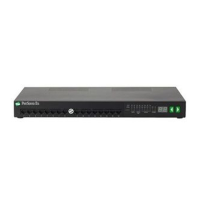
